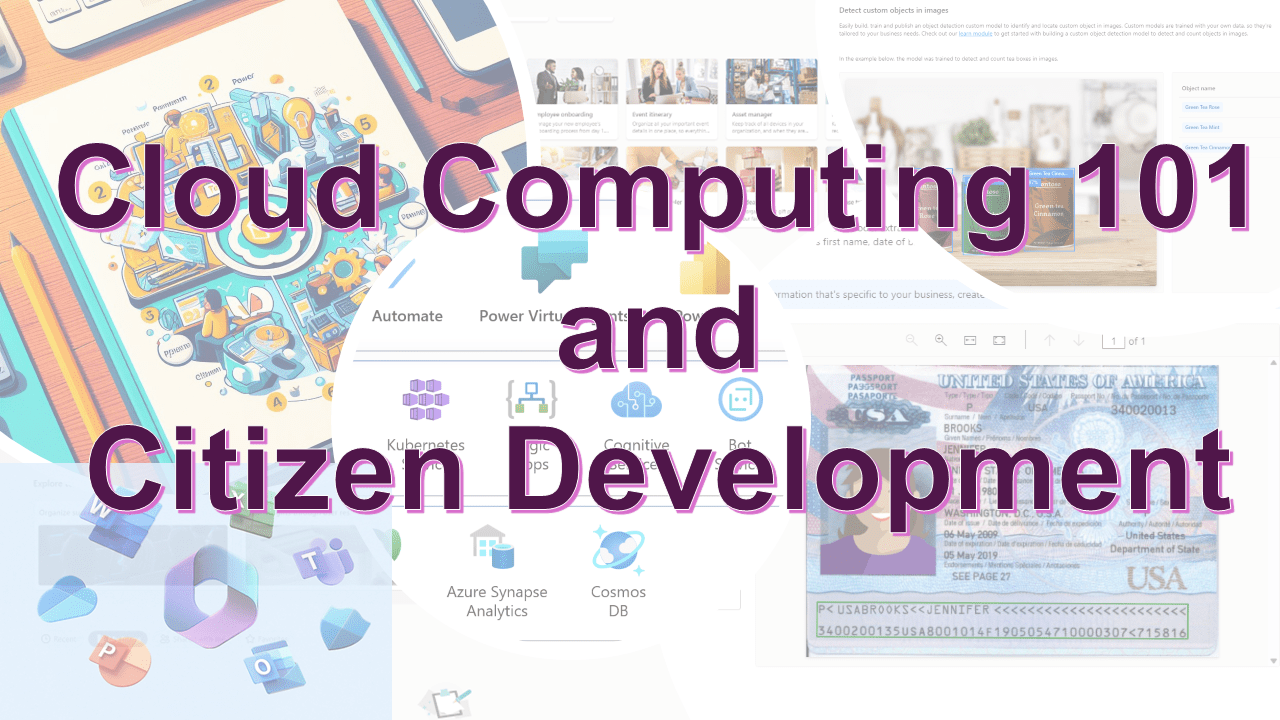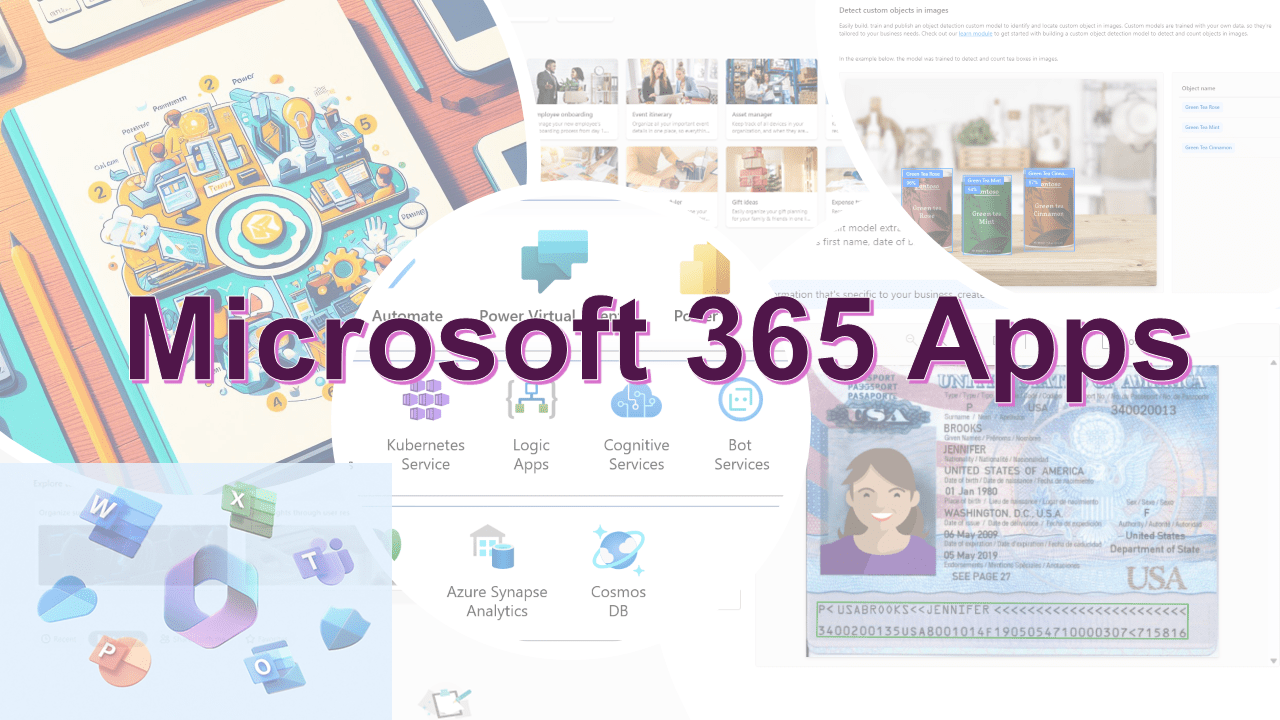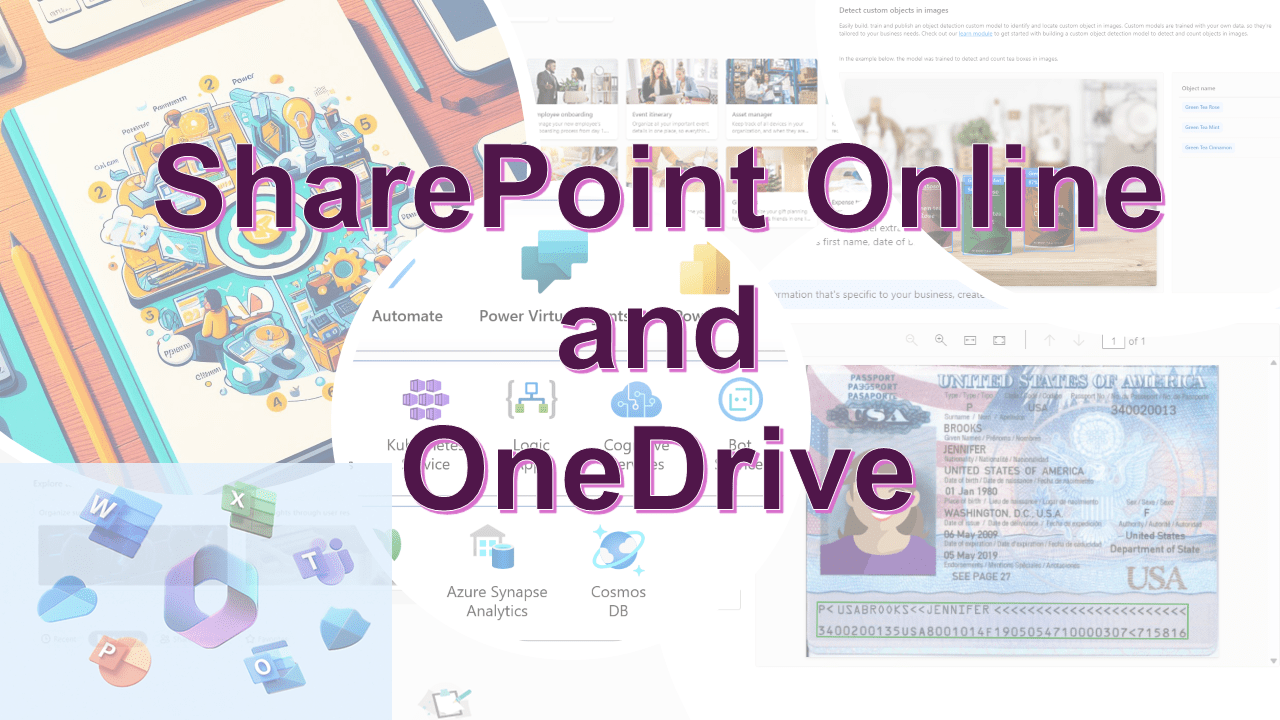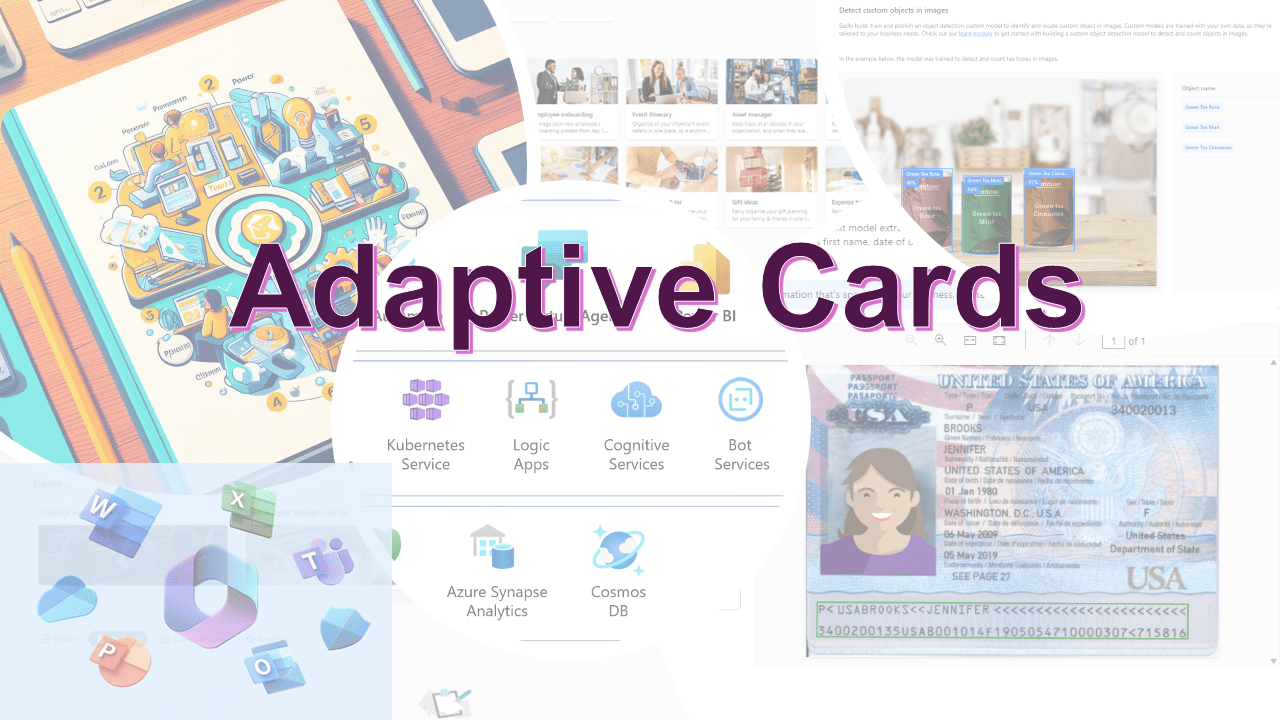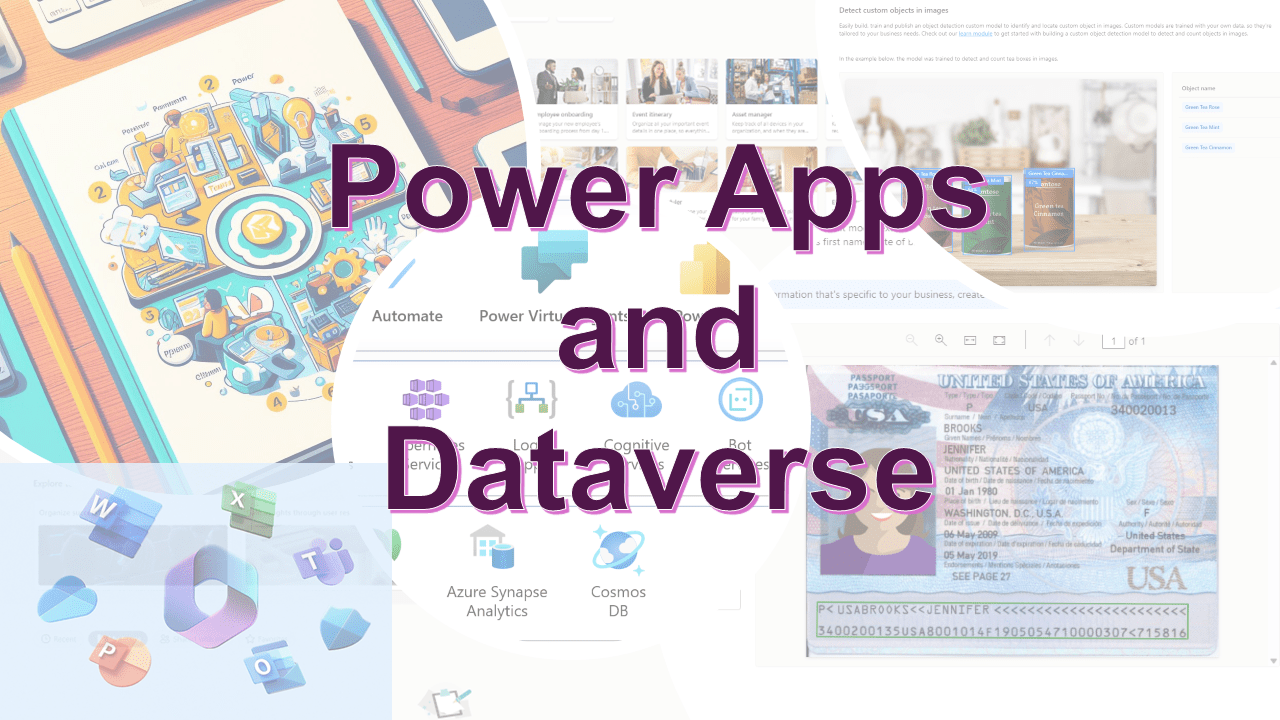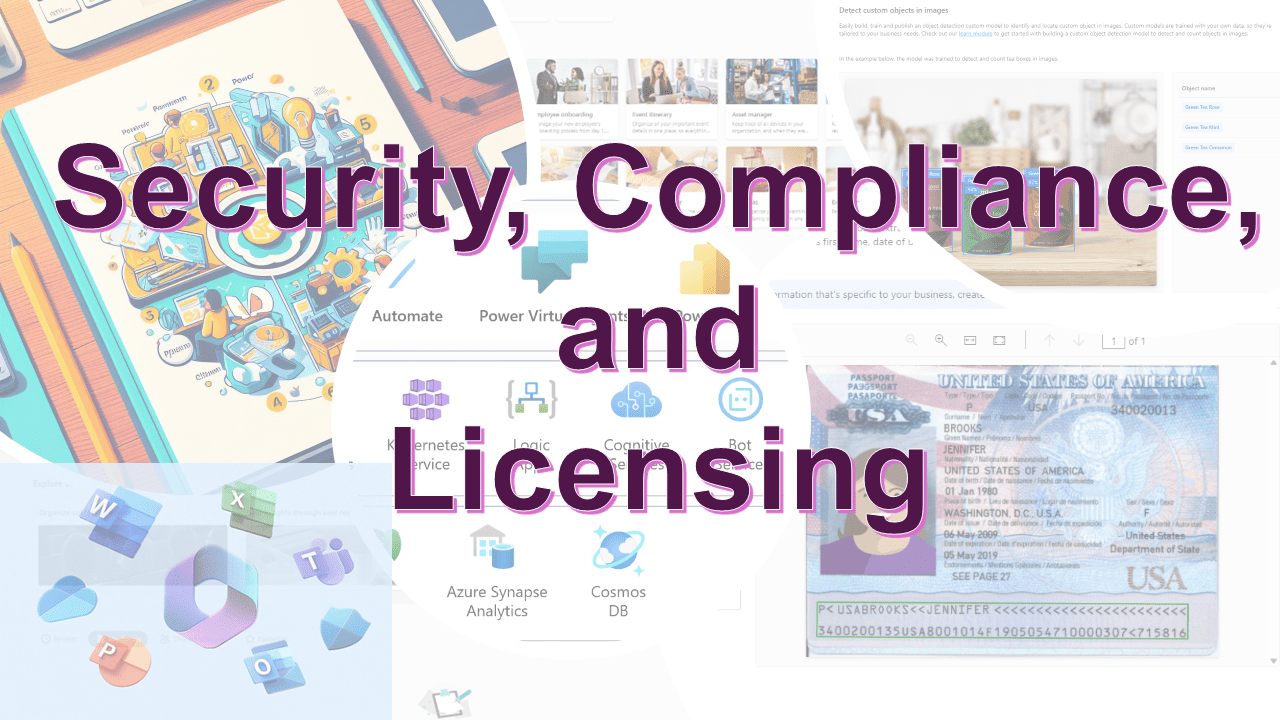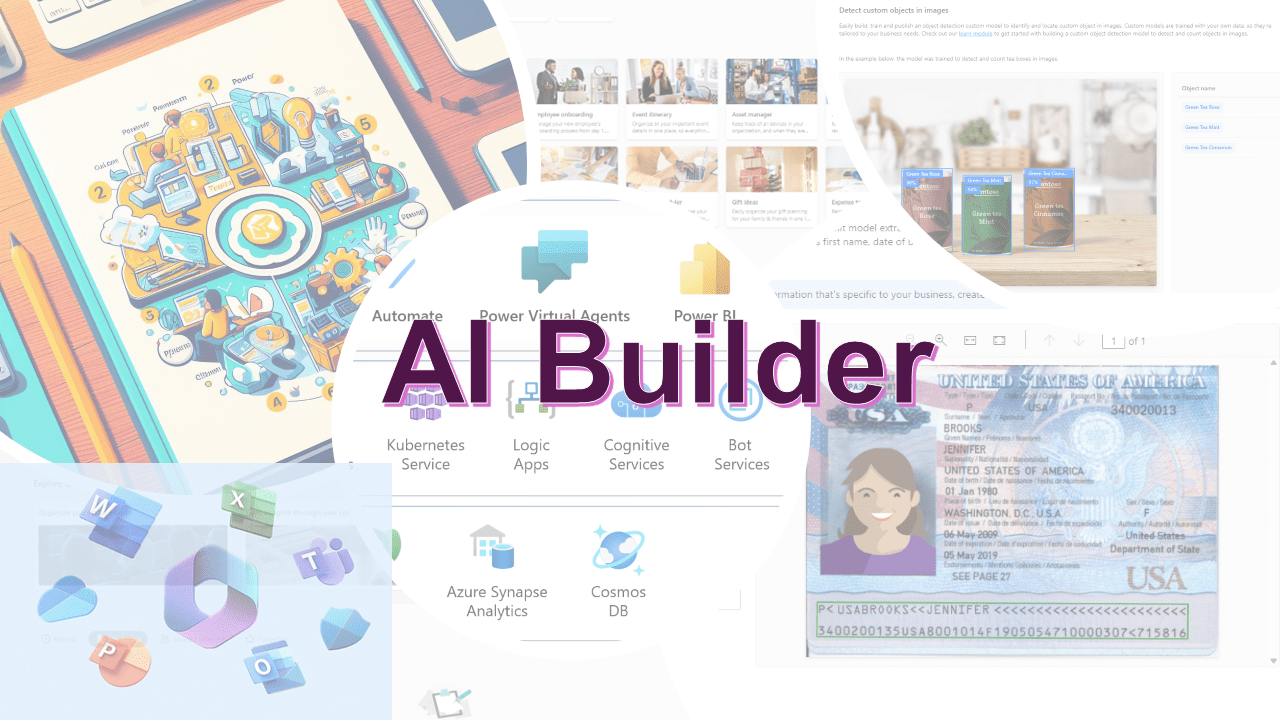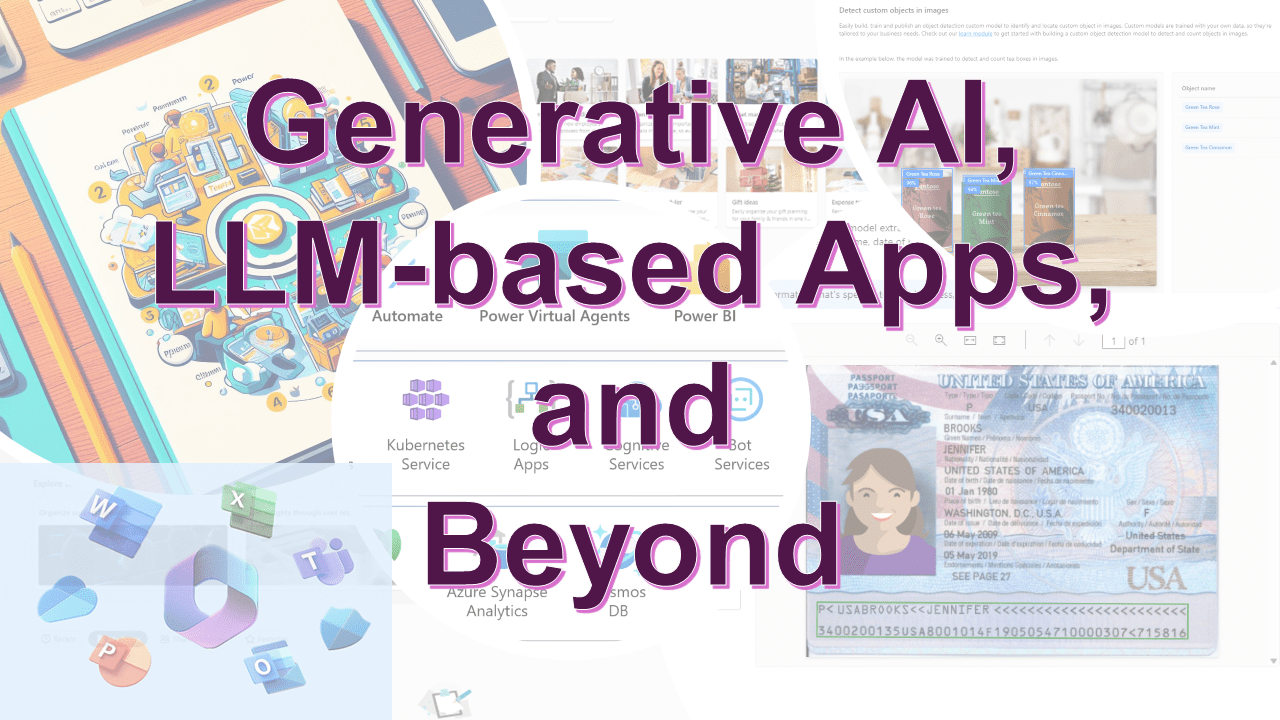With the rapid development of artificial intelligence, intelligent
decision-making techniques have gradually surpassed human levels in various
human-machine competitions, especially in complex multi-agent cooperative task
scenarios. Multi-agent cooperative decision-making involves multiple agents
working together to complete established tasks and achieve specific objectives.
These techniques are widely applicable in real-world scenarios such as
autonomous driving, drone navigation, disaster rescue, and simulated military
confrontations. This paper begins with a comprehensive survey of the leading
simulation environments and platforms used for multi-agent cooperative
decision-making. Specifically, we provide an in-depth analysis for these
simulation environments from various perspectives, including task formats,
reward allocation, and the underlying technologies employed. Subsequently, we
provide a comprehensive overview of the mainstream intelligent decision-making
approaches, algorithms and models for multi-agent systems (MAS).
Theseapproaches can be broadly categorized into five types: rule-based
(primarily fuzzy logic), game theory-based, evolutionary algorithms-based, deep
multi-agent reinforcement learning (MARL)-based, and large language
models(LLMs)reasoning-based. Given the significant advantages of MARL
andLLMs-baseddecision-making methods over the traditional rule, game theory,
and evolutionary algorithms, this paper focuses on these multi-agent methods
utilizing MARL and LLMs-based techniques. We provide an in-depth discussion of
these approaches, highlighting their methodology taxonomies, advantages, and
drawbacks. Further, several prominent research directions in the future and
potential challenges of multi-agent cooperative decision-making are also
detailed.




